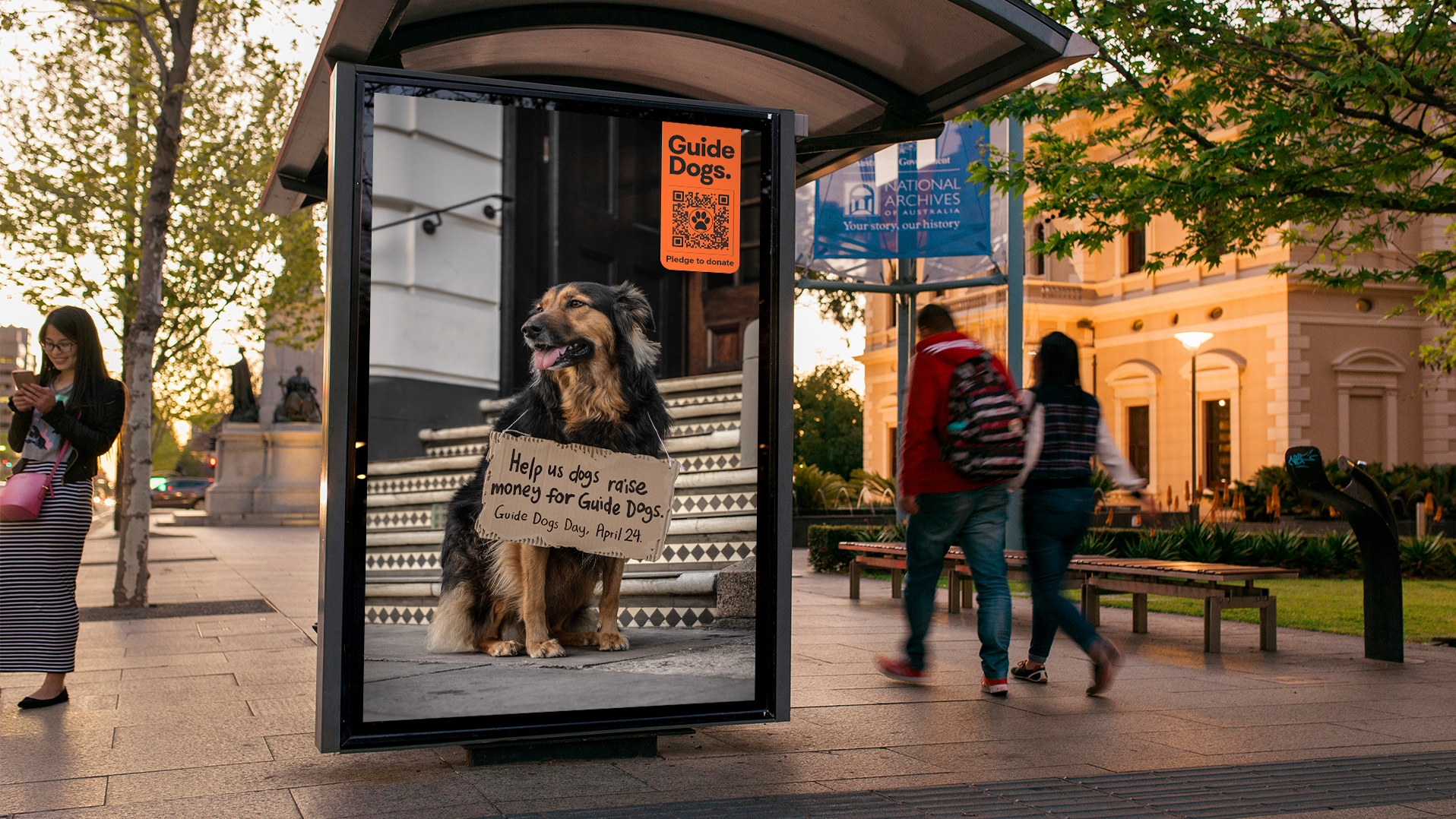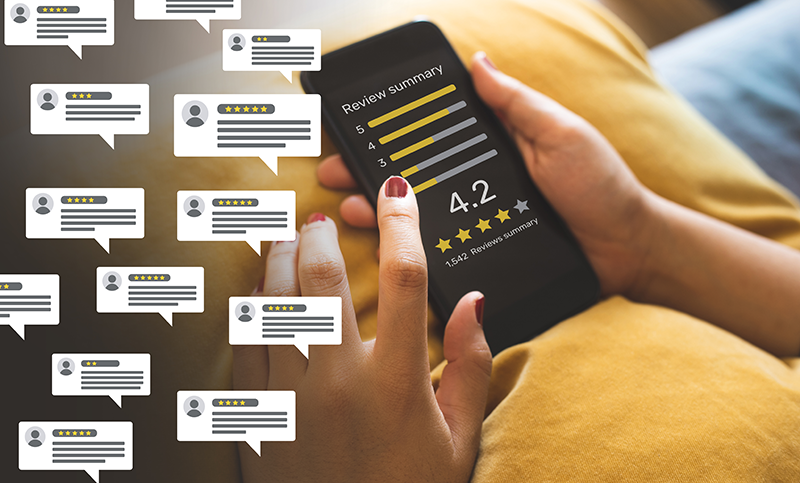Why User Testing Is More Important Than Ever

Let’s face it, we are all spoiled by technology. Especially in 2023. It’s fast, it’s efficient and it’s right at our fingertips. We order an Uber with a tap when we need to get somewhere. We buy clothes from the other side of the world with fair confidence they’ll arrive and will fit. We open Google Maps to make sure we get to our destination on time.
Today, more than ever before – exceptional experiences are the expectation. User experience is even beginning to replace price, products and services as a key brand differentiator. Leading companies are putting all their eggs into the basket of managing the end-to-end customer experience and delivering an exceptional user experience for their products.
As advancements in technology continue to reshape how we interact with digital products and services, understanding your user’s perspective is more important than ever. While this could be applied to the user experience of virtually any product, I’ll be looking at this from the aspect of software (websites and apps) but, keep in mind you can apply these principles to improve any product or service (from physical products like hardware tools, building a piece of Ikea furniture or even the experience of buying a ticket for a train).
So, What Is Usability Testing?
One of the main ways we improve end-to-end customer experience is Usability Testing (or user testing). It’s the process where we evaluate the design decisions we made for a product against a targeted set of users to test if our assumptions are correct. Making assumptions in life and work is natural but when building a product, we should always test our assumptions. Testing can cover a range of aspects from functionality to an emotional response.
Why Do You Need To Do Usability Tests?
User testing helps identify problems people have with specific UI/Interactions and reveals any roadblocks in a user’s journey. Testing provides invaluable insights into real-world interactions, preferences, and pain points, enabling us to create products that resonate deeply with a target audience. It can involve a lot of preparation and analysis, but it’s one of the most valuable research techniques. Even with personas, we cannot assume to know how everyone will use and feel about our product.
When Should You Do Testing?
Usability Testing can be done at many points when creating or looking to improve a product, this could be:
- At the wire-framing stage where there is a “clickable” prototype that a user can interact with.
- After the product is developed (although you should be prepared to make changes if required).
- After a product has been launched and is being used by the public (ie. a website that has been live for a year, but it is not performing as it should and goals are not being met).
How Many Participants Do You Need In A Usability Study?
According to research, testing with 5 people lets you find almost as many usability problems as you’d find using many more participants. The vast majority of your user research should be qualitative which is geared at collecting insights to drive your design, not numbers. Testing costs increase rapidly with each additional participant, keeping the number under 10 is ideal. I personally like between 5-10 if the budget allows for it, it’s good to allow for any chance of non-ideal or uncooperative participants.
How Do You Do Usability Testing?
Keep it simple, don’t overcomplicate the process or try to test too much in one sitting. Here is a couple things you should do:
- Test one participant at a time.
- Clearly set the goals and objectives of the testing.
- List the tasks, functions and features you are testing – ie. signing up with an account, booking a ticket etc.
- Always record your session so you can refer back to it.
- Encourage the participant to think out loud when using the product.
- Don’t lead or instruct the participant on how to do things, it is important they are discovering features the same way they would if they were naturally using the product.
- If you can’t have more than one facilitator, focus on facilitating the session rather than logging feedback. We can always do that later since we recorded the session.
Quantifying The Testing Data
Gaining user’s feedback can be insightful, but often overwhelming. You could potentially have hundreds of issues arise from a single usability study – that’s a lot of data to process. How do we know which issues matter, and which we should address first? It is important to prioritise, look for common themes, calculate the severity of each issue (how dramatically it effects the usability of the product) and identify any outliers. From there you can begin to generate solutions.
Carlos Rosemberg has a great article on ‘Turning Usability Testing Data into Action without Going Insane’, it’s the most comprehensive guide I’ve found that teaches how to turn the issues at hand into prioritised solutions you can actually action.
We’re always too close to our own products, allowing us to make misguided assumptions. When launching a website or any product, competition is high and customer expectations are too. By actively involving users in the design and development process, companies can build trust, improve brand reputation, and gain a competitive edge in the market.
User testing a really important and frankly indispensable practice, especially in 2023. As Customer Experience continues to become a focus for many companies, customer satisfaction and loyalty are paramount. Performing user-testing is a simple and practical way of gaining insights into how your product is or will be used. All you need are 5 participants, why not try testing your product? And then test again, and again…
Nick Bozic
UI/UX Designer
Linkedin

